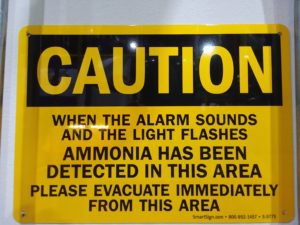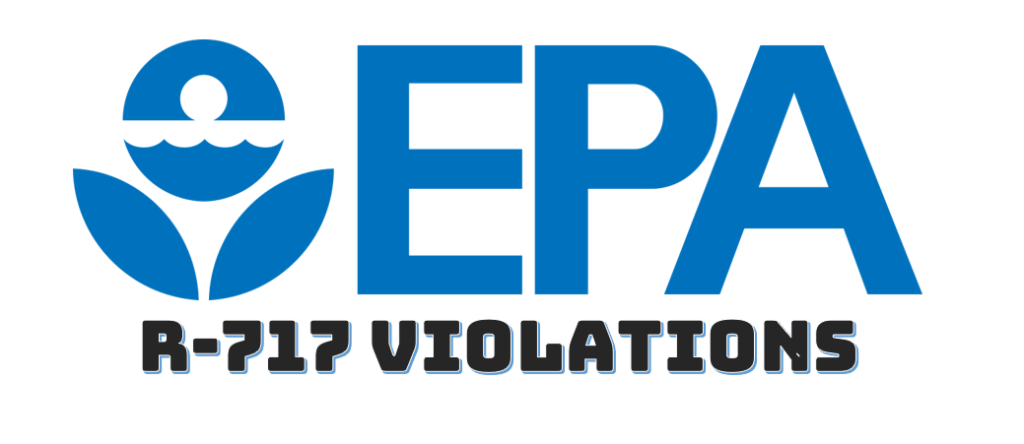Below are three unique proposed penalties to the ammonia refrigeration industry. Most all deal with essential minimum best practices required of all machinery rooms/ engine rooms. Almost all abatements stem to IIAR 2 and the newly released IIAR 9. Have you had you RAGAGEP / Best Practices course or are you needing a refresher?
EPA Region 4 – $84,924 – Link to Violations
- Failed to maintain records on the worst-case scenario portion of the offsite consequence analyses, including a description of the vessel or pipeline and substance selected as worst case
- Failed to maintain records on the alternative case scenario portion of the offsite consequence analyses,
- Failed to document that equipment complied with recognized and generally accepted good engineering practices
- Failed to establish a system to: promptly address the team’s findings and recommendations (of the PHA); assure that the recommendations are resolved in a timely manner and that the resolution is documented; document what actions are to be taken; complete actions as soon as possible; develop a written schedule of when these actions are to be completed; and communicate the actions to operating, maintenance and other employees whose work assignments are in the process and who may be affected by the recommendations or actions
- Failed to submit a single RMP in a timely manner that includes the information required
EPA Region 1 – $103,000 – Link to Violations
- The remote emergency stop located outside the main entrances for the Processes were not labeled to indicate what systems would be shut down when the stops were activated. In addition, there was no emergency ventilation override switch at the auxiliary entrance to the Hale Street Process to start ventilation in the event of a release.
- Facility lacked a selfclosing valve for the oil pot
- Ammonia detector alarms were not equipped with signs identifying the meaning of the alarms.
- Ammonia refrigeration vessels at the Facility lacked appropriate labelling, and piping lacked labelling to indicate the purpose of equipment,
contents, physical state, or direction of flow. - Exterior ammonia vessels lacked required NFPA signage to indicate the presence and hazards of ammonia.
- The isolation valves (i.e., king valves) for the Primrose Street high pressure receiver were inaccessible and were not labeled.
- The Facility’s ammonia machinery room did not have an eye wash or safety shower outside of the room.
- The ammonia detector in the Hale Street production area was not placed in an appropriate location to detect an ammonia leak where it would be expected to accumulate.
- There were problems with insulation of ammonia piping at the Facility, including insulation that was breached, frosted or rusted, indicating that the insulation was failing.
EPA – Region 4 – $104,502 – Link to Violations
- Yellow natural gas piping on the roof was not properly labeled
- Electrical safety issues were noted in numerous locations throughout the facility
- Unsupported piping on the roof and beneath the HPR
- The vapor retarder was missing, and insulation was damaged on ammonia piping outside of the spiral freezer
- Unsealed wall penetrations in both machine rooms that would allow ammonia to escape if a release occurred.
- A portion of the valves on piping and equipment in AMR 1B did not contain valve identification tags indicating the refrigerant flow direction
- The King Valve on the HPR was located approximately eight feet off the ground and above the vessel. There was no permanent ladder or work platform to access the valves in the event of an emergency. In addition, no chain-operated valve was installed on the King Valve to allow for easy closure.
- The EPA inspection team reviewed the Facility’s procedures for managing changes and observed that the procedures indicated the method of informing staff of changes was “word of mouth.” Using “word of mouth” provides no documentation to verify employees are trained in the change prior to start-up of the process and does not ensure all employees whose job tasks will be affected are informed of the change.


